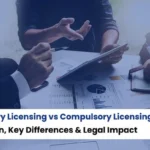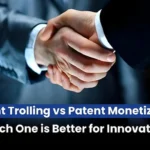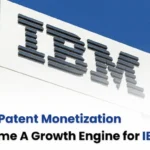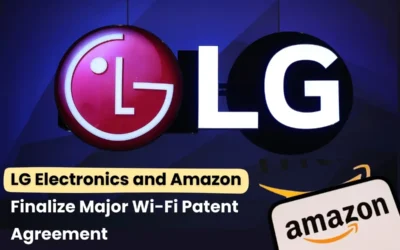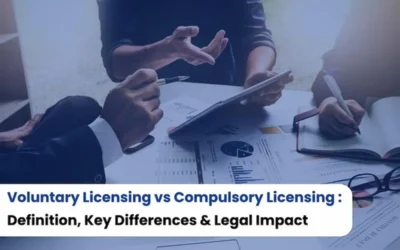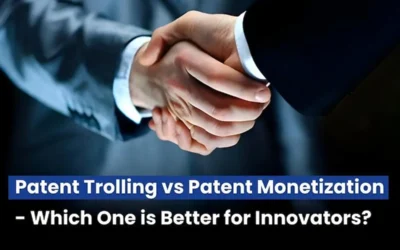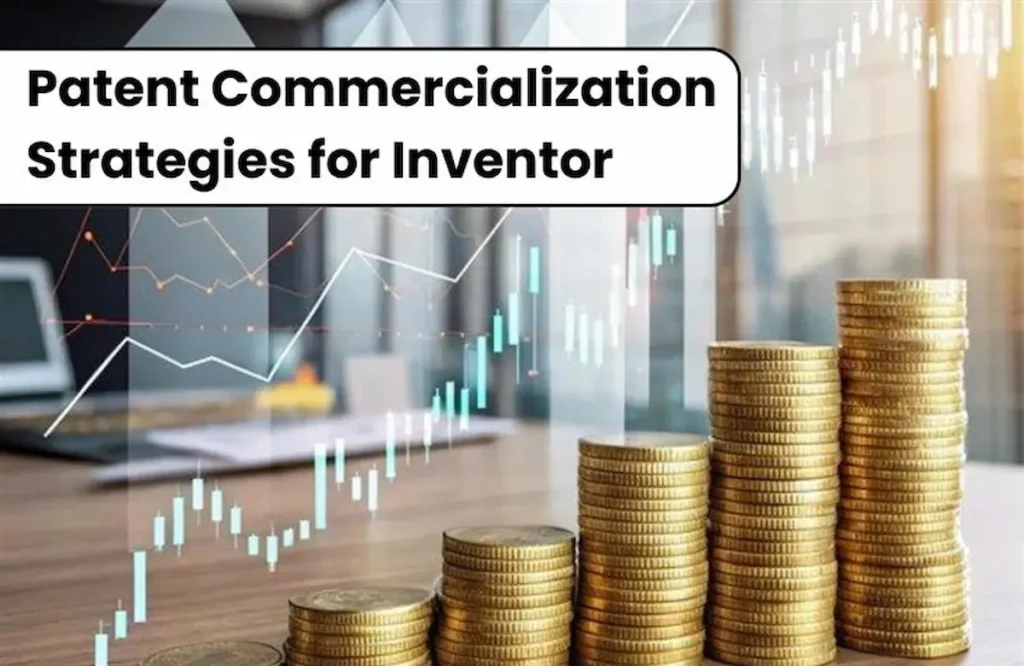
Using patents to generate income is a well-known practice, but there are multiple ways to achieve this. These methods fall under the concepts of patent monetization and patent commercialization strategies. While the two terms may sound similar, there is a thin line of difference between them—monetization is about earning directly from the patent itself, whereas commercialization focuses on bringing the patented invention to the market as a product or service. Patent commercialization in India offers different strategies to turn ideas into revenue, and if you want to know more about this, keep reading.
What Is Patent Commercialization and How Does It Differ from Patent Monetization?
Patent commercialization is the process of taking a patented idea and turning it into a product or service that people can actually buy and use. It’s about moving beyond the paperwork and making the invention valuable in the marketplace—for example, producing and selling a new gadget, tool, or medical device that’s protected by your patent. In contrast, patent monetization in India is mainly about making money from the patent itself, without necessarily creating a product. This could mean selling the patent outright, licensing it to others for royalties, or even enforcing it through legal action. Put simply, commercialization is about building a business around your patent, while monetization is about treating the patent as an asset to generate income.
Read Also: US Senate Confirms John Squires to Lead USPTO: What It Means for Patents and Monetization
What Are the Best Patent Commercialization Strategies In India?
Patent Licensing
Licensing is one of the most common patent commercialization strategies. It helps companies to turn their patented invention into real products or services. By giving licensing rights, you give manufacturers or businesses the rights to use your patent in the market, while you still retain ownership.
Outright Sale
Selling a patent outright is a faster way of commercialization when you cannot or don’t want to develop the invention yourself. By transferring ownership, another company can take your patent forward, invest in production, and bring it to market.
Starting Your Own Business
The most direct form of commercialization is launching a startup or company around your patent. This approach ensures your patented invention enters the market while giving you full control over the business potential. In this process, you have to start from the beginning, like patent valuation, patent filing, etc.
Joint Ventures and Partnerships
Commercialization often requires more resources than a single inventor can manage. By forming a joint venture or partnership, you provide the patent, and the partner brings in capital, infrastructure, and distribution channels. Together, you ensure the invention is developed, marketed, and scaled effectively.
Franchising and Branding
When an invention supports a business model, commercialization can happen through franchising. Here, others adopt your model and expand it under your brand, helping your patent-based innovation reach a larger customer base without you directly managing every outlet
Government and Corporate Support Programs
Commercialization often needs funding, testing, and scaling support. Government initiatives, incubators, and corporate innovation labs provide grants, mentorship, and infrastructure to help inventors move their patents from the idea stage into the marketplace.
Read Also: USPTO Patent Fee Schedule 2025: PCT Search Fee Increases for KIPO, ILPO, and IPOS
Conclusion
Patent commercialization strategies are the bridge between a patented idea and real-world success. For inventors, choosing the right strategy—whether licensing, selling, partnerships, or building a business—depends on their goals, resources, and risk appetite. By understanding these options, inventors can make smarter decisions and turn their intellectual property rights (IPR) into lasting value.

